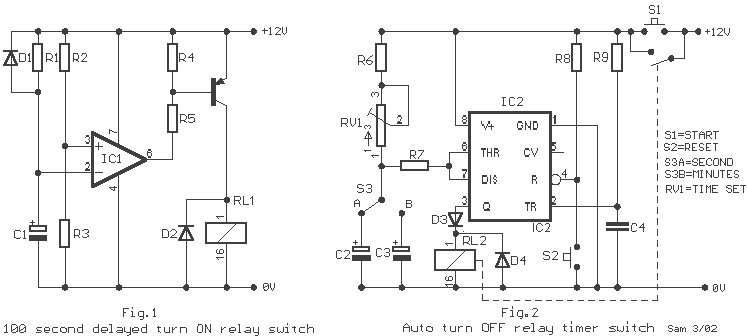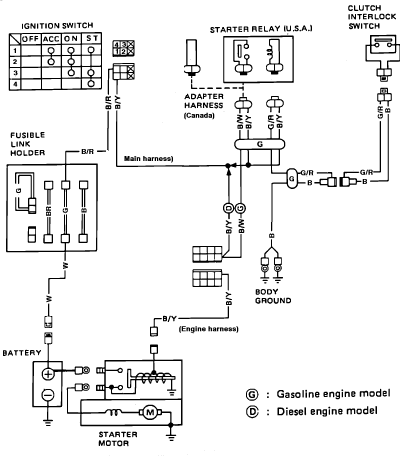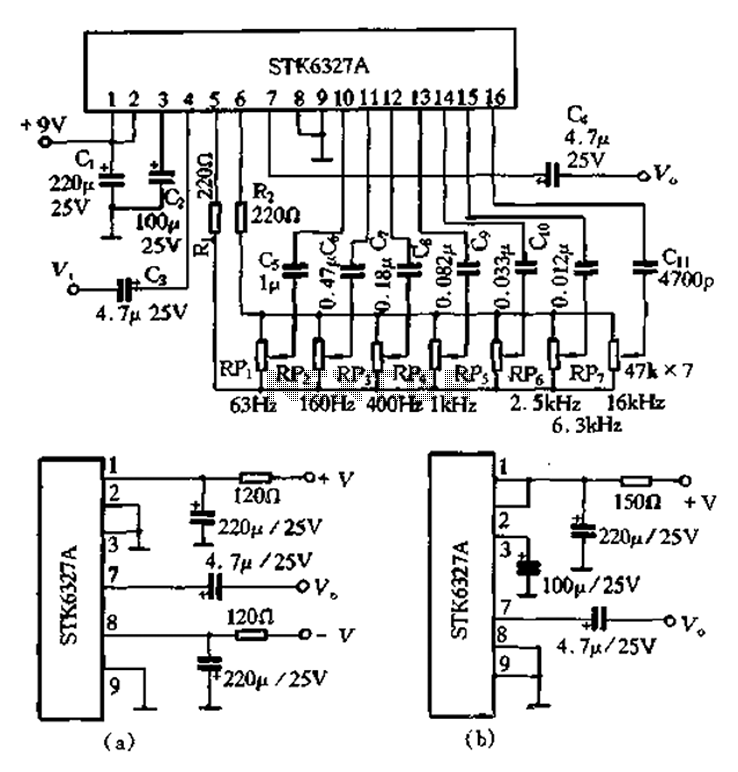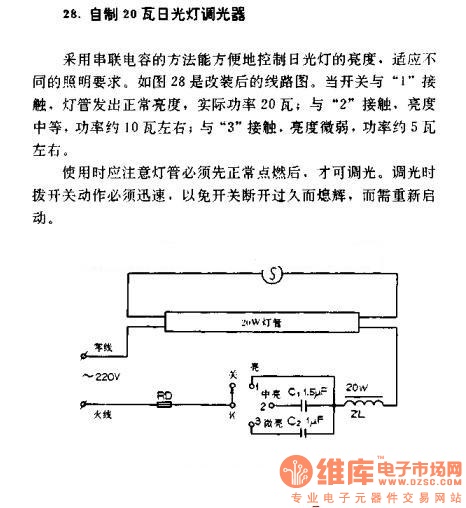
Simple NE555 Sawtooth Wave Generator Circuit
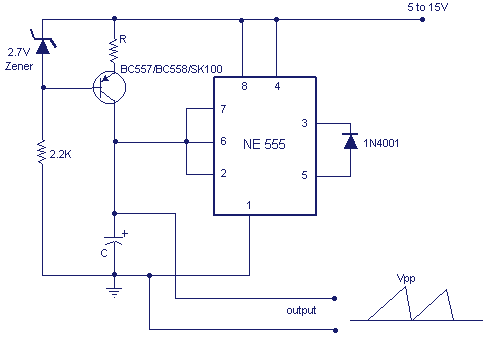
A sawtooth wave generator circuit using a 555 IC is presented in the article below. The frequency equation is provided with the supply voltage Vcc.
The sawtooth wave generator circuit utilizing a 555 timer integrated circuit (IC) is a fundamental design in electronics, often used in applications such as signal generation, waveform shaping, and timing functions. The 555 timer can be configured in astable mode to produce a continuous sawtooth waveform.
In this configuration, the circuit consists of a 555 timer, resistors, and a capacitor. The frequency of the sawtooth wave is determined by the values of the resistors (R1 and R2) and the capacitor (C). The frequency (f) can be approximated by the equation:
f = 1.44 / ((R1 + 2 * R2) * C)
Where:
- R1 is the resistance connected between the discharge pin (pin 7) and the supply voltage (Vcc).
- R2 is the resistance connected between the discharge pin (pin 7) and the threshold pin (pin 6).
- C is the capacitance connected between the threshold pin (pin 6) and ground.
The output frequency of the sawtooth waveform is directly influenced by the supply voltage (Vcc). As the supply voltage increases, the frequency may also increase, depending on the resistor and capacitor values. The sawtooth waveform generated has a linear rise and a rapid fall, making it suitable for applications requiring a ramp signal.
In practical applications, the circuit may also include additional components such as diodes for protection, potentiometers for adjustable frequency, and filtering capacitors to smooth the output waveform. The design can be adapted for specific requirements by selecting appropriate component values to achieve the desired frequency and amplitude characteristics.A sawtooth wave generator circuit using a 555 IC is given in the article below.Frequency equation is given with the supply voltage Vcc.. 🔗 External reference
The sawtooth wave generator circuit utilizing a 555 timer integrated circuit (IC) is a fundamental design in electronics, often used in applications such as signal generation, waveform shaping, and timing functions. The 555 timer can be configured in astable mode to produce a continuous sawtooth waveform.
In this configuration, the circuit consists of a 555 timer, resistors, and a capacitor. The frequency of the sawtooth wave is determined by the values of the resistors (R1 and R2) and the capacitor (C). The frequency (f) can be approximated by the equation:
f = 1.44 / ((R1 + 2 * R2) * C)
Where:
- R1 is the resistance connected between the discharge pin (pin 7) and the supply voltage (Vcc).
- R2 is the resistance connected between the discharge pin (pin 7) and the threshold pin (pin 6).
- C is the capacitance connected between the threshold pin (pin 6) and ground.
The output frequency of the sawtooth waveform is directly influenced by the supply voltage (Vcc). As the supply voltage increases, the frequency may also increase, depending on the resistor and capacitor values. The sawtooth waveform generated has a linear rise and a rapid fall, making it suitable for applications requiring a ramp signal.
In practical applications, the circuit may also include additional components such as diodes for protection, potentiometers for adjustable frequency, and filtering capacitors to smooth the output waveform. The design can be adapted for specific requirements by selecting appropriate component values to achieve the desired frequency and amplitude characteristics.A sawtooth wave generator circuit using a 555 IC is given in the article below.Frequency equation is given with the supply voltage Vcc.. 🔗 External reference
